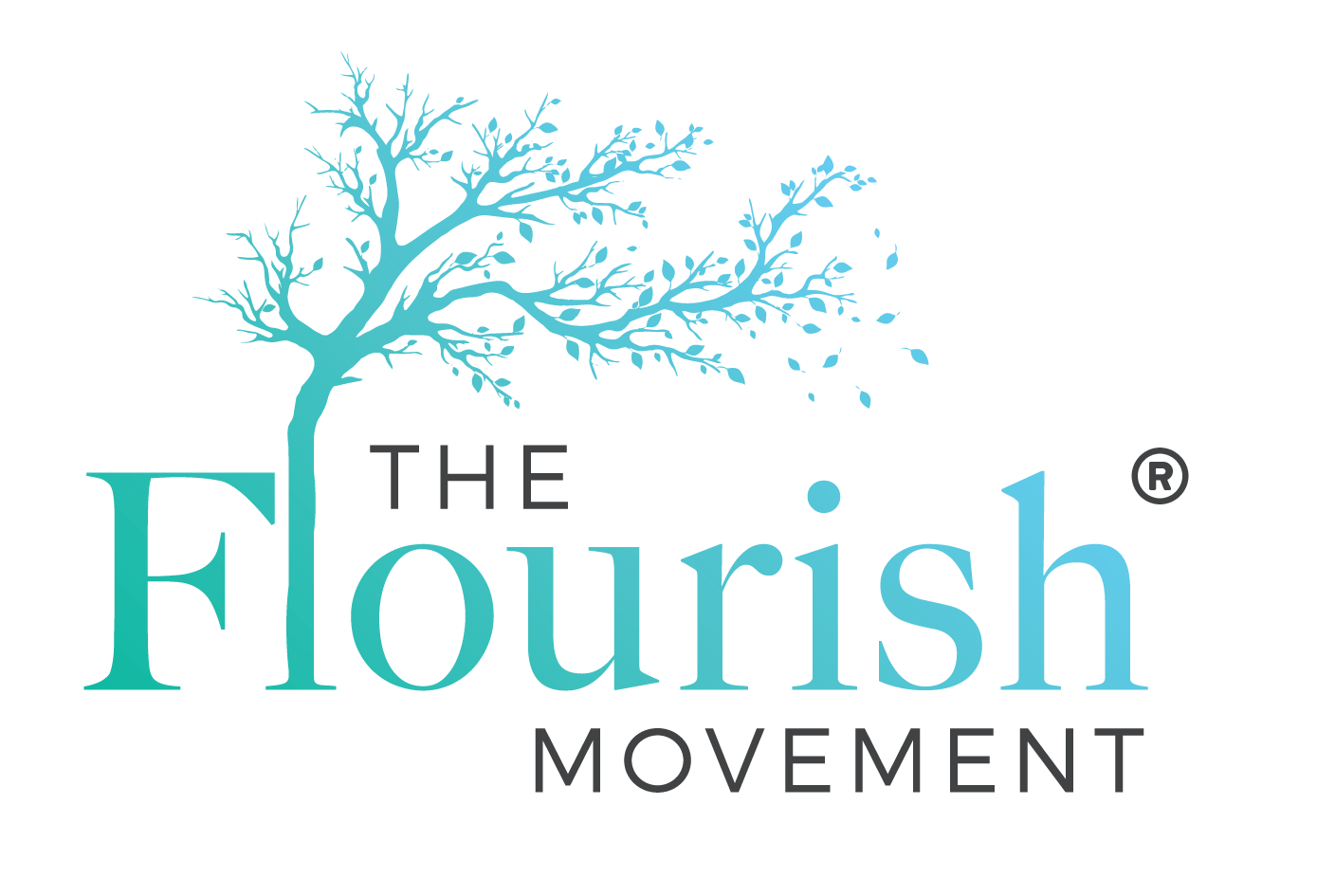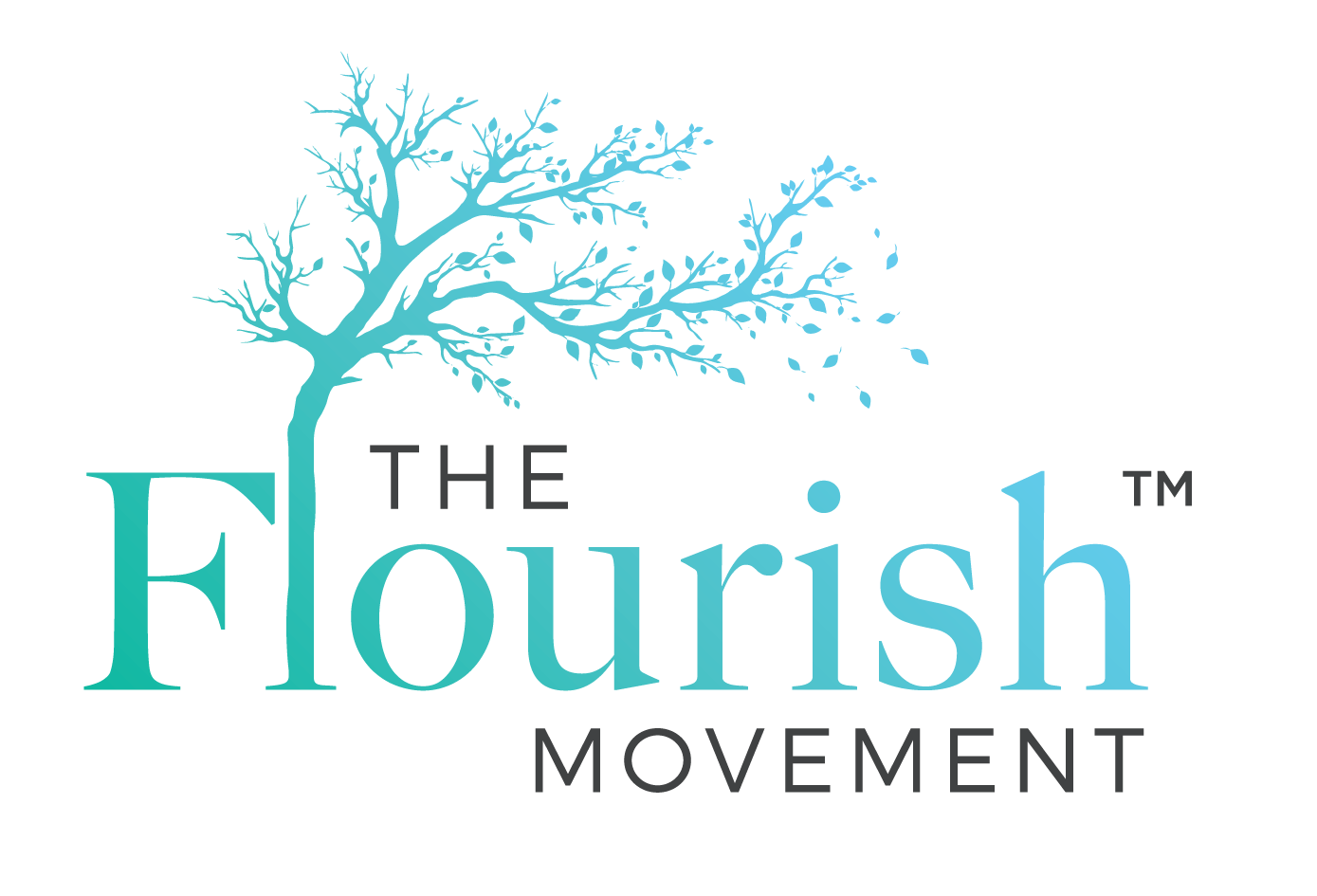Using your performance at work to improve your wellbeing
What we miss when it comes to wellbeing.
In The Flourish Movement research, when we ask people ‘What do you do for your wellbeing?’, every single person we studied talked about activities they engage in outside of work, such as sleep, exercise, being in nature, mindfulness and hobbies that energise them. Not one person has said, ‘I improved the effectiveness of my leadership to improve my wellbeing’. All the school leaders in our study saw wellbeing as an external activity that they must find more time for, they didn’t see it as something they can embed in the ’way’ they work. But we are here to bust that myth because our data shows that by improving your leadership impact, you will also see a profound improvement in your wellbeing.
Why do we need this new approach to wellbeing?
School leaders find it very difficult to do the external wellbeing activities, some of which we mentioned in the previous paragraph. Why? Well, there are many factors such as workload, teacher shortages, lack of resources….we could go on and on. But one of the most powerful ones is how they view their role and how they think they should behave. School leaders feel insanely guilty for doing anything for themselves. If they make themselves a priority, they worry that people will see them as being selfish. And if they are not on the verge of burnout they are simply not trying hard enough.
In other words, the big block to leaders looking after their wellbeing is that they see it as something that takes them away from work, something just for themselves and they feel selfish for doing it.
But, as we mentioned before, our research with Deakin University clearly shows that better leadership practices, not only better serve the school, but also improve the wellbeing of the leader. The beautiful thing about this is they don’t have to feel guilty about it because it’s not taking them away from serving the community and their staff. It is a win-win situation.
As a school leader, you have to remember that wellbeing and performance is a two-way street. Yes, better wellbeing leads to better performance, but it also works in the other direction. Here are some sustainable leadership practices that will improve your performance as a leader and the outcomes for your school, but also improve your wellbeing.
Have a narrow strategic focus
When we asked school leaders what their strategic plan was, they reeled off a colossal list of priorities and key strategies. They were simply trying to achieve too many things. The plan became overwhelming and stressful for them, but also created confusion for the rest of the staff. When we had school leaders simplify their strategic focus down to two or three things, they felt more in control. Also, they could communicate this to the rest of the school much easier and it felt a lot more attainable. The wellbeing impact of this was reduced anxiety, reduced feeling of overwhelm, they felt more in control, and were able to focus much more effectively.
Value your time
A bad habit many school leaders fell into was the pressure to always be available for not only staff but also the parents. This drives up the number of interruptions in their day massively, some Flourish groups we worked with had around 70 interruptions per day, which is approximately one every seven minutes. When you’re being interrupted this much, you never get to complete a task. The only time you can get things done is outside of work. To solve this problem, we had the leaders’ put boundaries in place around their time and the use of technology. Having focused time in their day, led to much greater effectiveness and output. The wellbeing benefit of this is their brains are much calmer and they can deal with people and problems more effectively. Besides, their brains were less fatigued and as a result they made better decisions and got into a flow state at work.
A sense of achievement
Because of the massive workloads, many school cultures become ones where achievements are never celebrated. The fall out of this is it makes people feel that their efforts aren’t worthwhile and there’s no point to their work because they never get an outcome. Taking time in your team to reflect on what you’ve accomplished, gives a massive boost to the culture of the school from a performance perspective. This activity creates this huge level of motivation and engagement in the staff. In terms of a wellbeing benefit, celebrating achievements drives up a leaders level of positive emotion, connects them to meaning and purpose and creates better connection with the people they lead.
Collaborate and give people a voice
Another one is allowing people to contribute with ideas and points of view on issues. All too often, school leaders think they must do all the work on their own. But by collaborating and allowing other people in the school to give share their insights, you’ll get better outcomes. This is because you’re tapping into the wisdom of more people and into different perspectives, which drives innovation, and creative thinking. The wellbeing benefit for the team is that they feel that their leader cares about them and their ideas, thus making them feel respected and wanted. The wellbeing benefits for the leaders themselves is they are really engaging and connecting with the people at the school, allowing them to build deeper relationships.
Connect with each staff member
Something we encourage all school leaders to do is have one-on-one interactions where you talk to your staff member about:
· Their progress and how you have seen them evolve and grow,
· What’s their experience at work like – how are they enjoying the role?
· What are some of the challenges they are experiencing?
· What are their specific goals for their career?
This will obviously depend on the size of your school and the resources available. If you have a very large school, you might choose a subset of people to connect with.
When you regularly have this type of interactions with your staff, you understand them better and you understand what’s important to them. The connection this brings is startling, and not only does it improve the culture of the school, it also creates a genuine relationship where you have each other’s backs.
Bright spots
Our data shows that the tasks that school leaders enjoy the most make up a very small percentage of their day, while the tasks that drain them make up most of their day. As a school leader, you can get caught up in emails, admin, and compliance. However, aim to sprinkle some bright spots across your day. Bright spots are the parts of the role that energise you. It could be classroom observation, greeting students, handball at lunch, or having lunch in the staff room. These bright spots dramatically increase the energy levels of school leaders and help them tap into joy and help reconnect with their moral purpose (Find their True North).
Role clarity
Having a narrow strategic focus also allows for the school leader and the team to have greater role clarity. We were stunned at the number of leadership teams in schools that did not have clarity around their roles. Who was responsible for what and when certain leaders had to step out of the school who covered what. The fall out of this is obviously double handling and inefficiency, but also the leaders don’t feel like they can ever take time away from the school. We have seen leaders in sessions constantly stepping out of the room to solve problems that arise in the school. The anxiety and panic it creates in them is huge. They are in a constant anxious state. Having role clarity enables people to feel more in control and less anxious. In turn, this allows them to step away from the school and not worry that the place will still run. It also frees them up to address the larger strategic pieces and step out of the day-to-day decisions that can be delegated.
There you have it! 7 strategies that we have found improve their leadership performance, the culture of their school and in turn their wellbeing. Wellbeing isn’t just improved by relaxation and taking time away from work, it also increases when we feel that we are being effective and getting better outcomes.


